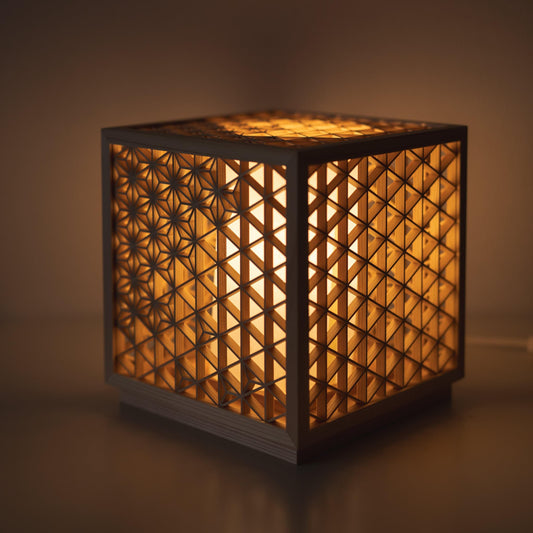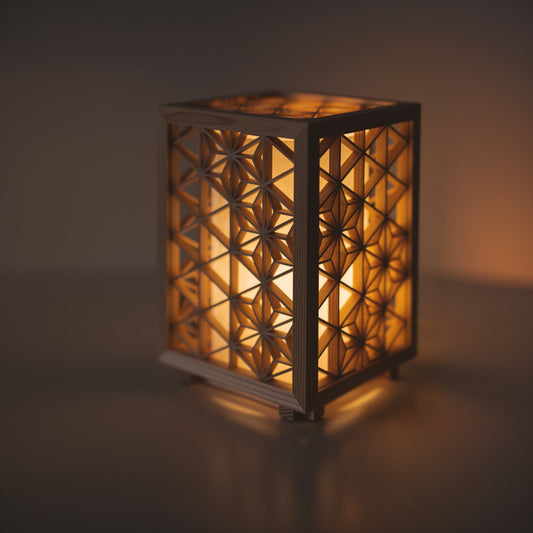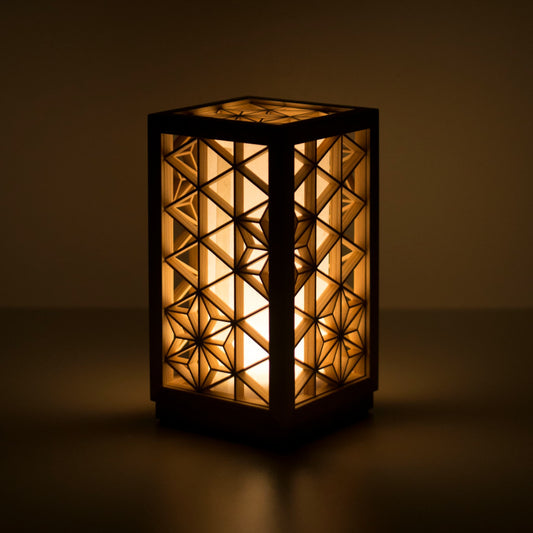Ominato Bunkichi Shoten

Ominato Bunkichi
Ominato Bunkichi Shop, founded around 1870 in Kamo City, Niigata Prefecture, known as the "Little Kyoto of the North", boasts a history of 150 years. Starting with handling washi (Japanese paper), the second-generation Bunkichi expanded the business to incorporate the local crafts of tansu (chest of drawers) and fittings, leading to the creation of fusuma (sliding door) screens. This innovation marked the blend of 'paper' and 'wood,' our core products. Inspired by summer doors of fittings, the sudare byobu (bamboo blind folding screens) were created, becoming a hit product sold through furniture stores, wholesalers, and door-to-door sales across the nation. From the late 1980s, Ominato Bunkichi began manufacturing comprehensive interior products, extending from screens to partitions and furniture, integrating our expertise in fittings, framing, and furniture making. Since 2005, they have also been part of the "Hundred-Year Story," a Niigata Prefecture initiative for global branding, successfully expanding our market presence worldwide.
Kumiko
Kumiko, a mesmerizing traditional Japanese woodworking art, captivates with delicate geometric patterns, all assembled without a single nail. Picture thin wooden strips, each crafted with unparalleled precision, interlocking to create stunning designs. This art form has deep historical roots, tracing back to the Asuka period and prominently featured in Japan's oldest wooden architecture, Horyuji Temple. Most notably used in shoji (sliding doors) during the Muromachi period, Kumiko’s variety exploded in the Edo period, now boasting over 200 unique patterns.
The crafting of Kumiko is a true testament to precision and skill. Artisans predominantly use conifers like cedar and cypress, and the intricacy of their work is such that even a 0.1mm discrepancy can disrupt the entire piece. In our contemporary world, where the allure of traditional arts often fades into the background, Kumiko stands as a resplendent reminder of the elegance and intricacy of handcrafted art. Each pattern is not just a design; it's a narrative, and every wooden strip embodies the dedication and skill of its creator.
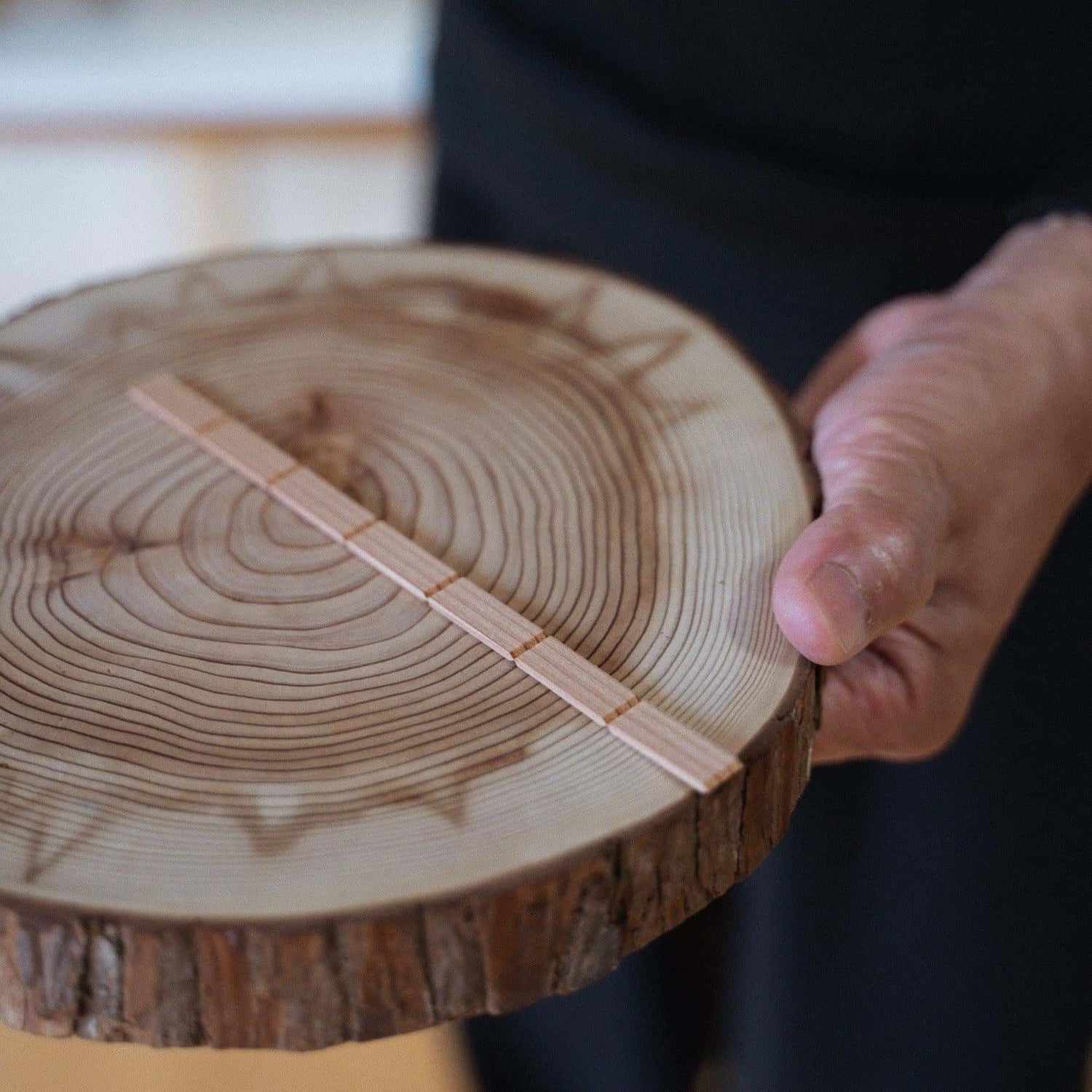
Procurement and Processing of Akita Cedar
Ominato Bunkichi source Akita cedar from small, family-run mills in Noshiro City, Akita Prefecture, selectively purchasing and using various types of cedar according to their purpose. Their selection process includes the finest Akita cedar, such as red straight-grain, and they meticulously rough-cut and dry each log before processing to enhance dimensional stability in products. They also environmentally repurpose the wood waste into bedding for poultry and pig farms, contributing to compost production.

Processing of Akita Cedar Wood
In the process of transforming logs into squared timber, planks, and sticks, splitting and warping can occur, so we rough-cut each piece individually and dry it before beginning further processing. This is followed by cutting sticks, making grooves, and constructing frameworks necessary for assembling Kumiko.
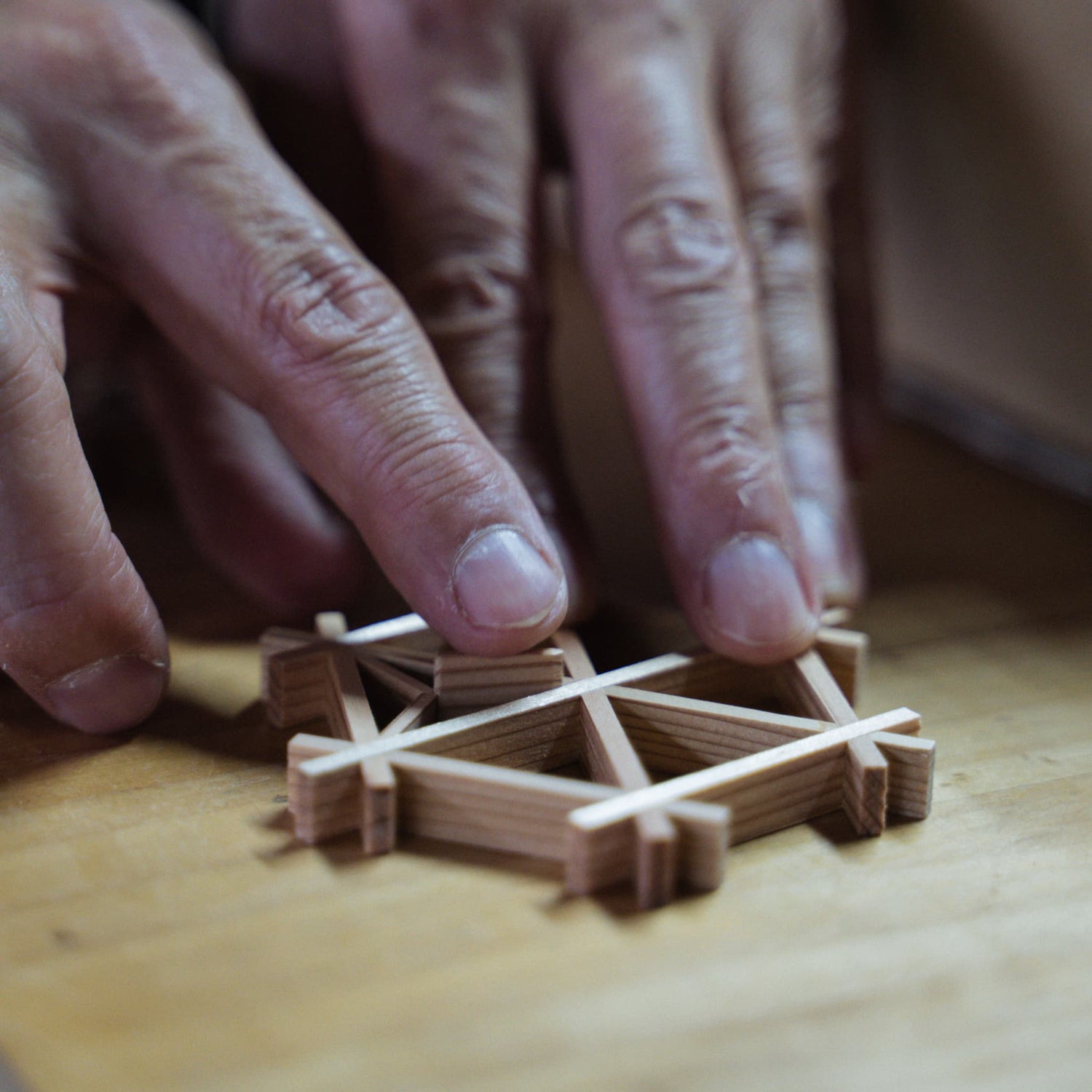
Kumiko Assembly
Then artisans meticulously assemble Kumiko using hand-dried end-grain wood from logs. This process requires exceptional craftsmanship as even a 0.1mm discrepancy can compromise the assembly. Understanding the wood's characteristics and grain is crucial. Craftsmen possess the ability to select quality materials, decide their best use, and execute precise woodworking skills, maintaining the integrity of this traditional craft.
Kumiko Lanterns and Clocks
-
Japanese Kumiko Lantern "Asanoha" - Large
Regular price $780 USDRegular price$980 USDSale price $780 USDSale -
Japanese Kumiko Lantern "Asanoha" - Small
Regular price $480 USDRegular price$600 USDSale price $480 USDSale -
Japanese Kumiko Lantern "Asanoha" - Extra Small
Regular price $380 USDRegular price$420 USDSale price $380 USDSale -
Japanese Kumiko Lantern Cover
Regular price $120 USDRegular price

